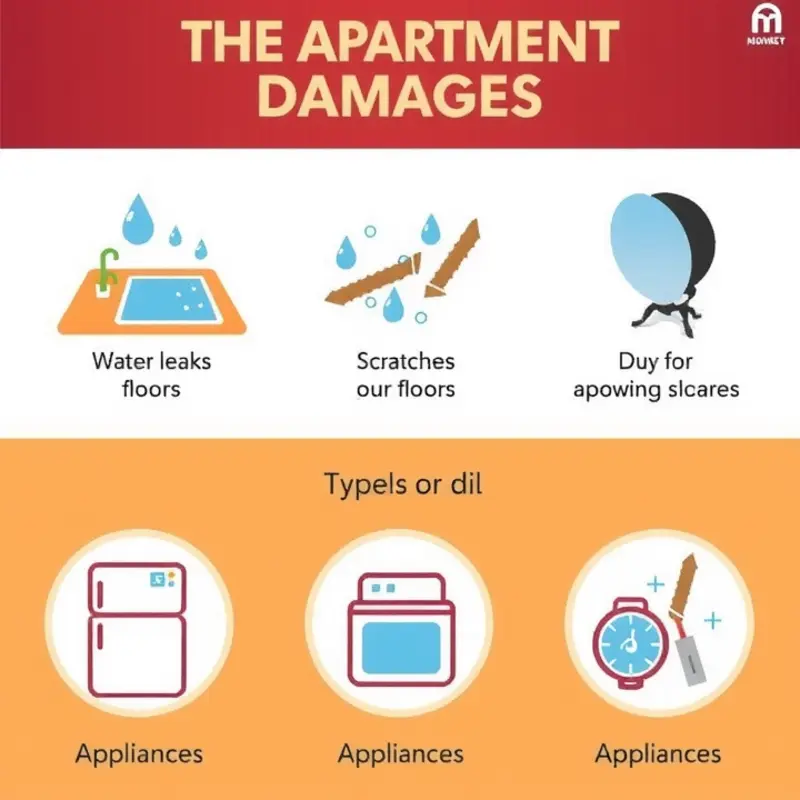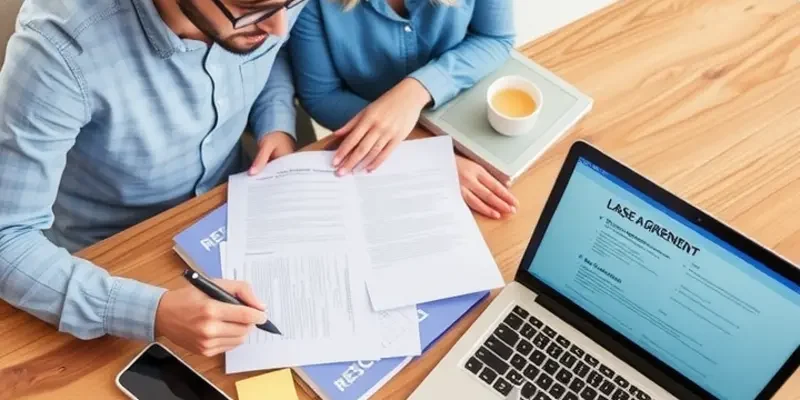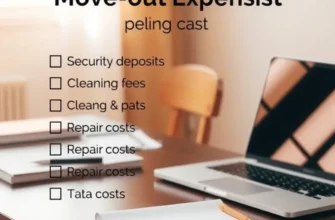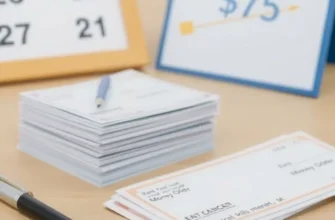As a young professional, first-time renter, or a family settling into a new apartment, understanding your responsibilities can sometimes feel overwhelming. Apartment damage liability is a crucial aspect of leasing agreements that can affect your finances significantly. From minor wear and tear to unexpectedly costly repairs, knowing what you’re liable for is essential. This guide aims to shed light on the often-complex world of apartment damage liability, breaking it down into easy-to-understand concepts. By understanding your lease agreement and the implications of damages, you can navigate your rental experience with confidence. Whether you’re a student renting your first apartment or a couple looking for a family-friendly space, having clarity on these issues will empower you to make informed decisions and protect your wallet. Let’s explore the areas of liability that you need to grasp fully, so you can focus on making your apartment a home.
Understanding Your Lease Agreement

Your lease agreement is the cornerstone of your renting experience. It defines not only your rights and obligations as a tenant but also establishes the groundwork for damage liability. Thoroughly understanding this document is crucial in avoiding unexpected financial burdens.
Key Elements of a Lease Agreement
At a glance, your lease may seem dense and full of legal jargon, but breaking it down can clarify your liability regarding damage. First, identify the sections specifically outlining ‘Tenant Responsibilities’ or ‘Maintenance and Repairs.’ These sections typically delineate what types of damages you’re liable for and which fall under the landlord’s responsibility.
It’s common for leases to indicate that tenants must keep their apartments in good condition. This means you’re generally responsible for any damage beyond normal wear and tear. Normal wear and tear might include things like faded paint or worn carpets, whereas punch holes or broken fixtures may fall under damages that warrant a cost from your deposit.
Interpreting Terms and Common Clauses
Understanding the specific terms used in your lease is essential. Phrases like ‘reasonable wear and tear’ can vary in interpretation. Ensure you and your landlord have a mutual understanding of these terms. It is advisable to seek clarification on any ambiguously defined terms, perhaps through an addendum that clearly outlines what is expected.
Also, be on the lookout for clauses related to “Alterations.” Many leases require written permission to make changes to the premises, even as small as painting walls or hanging fixtures. Such clauses protect you from incurring liabilities for alterations not approved by your landlord.
What to Watch for Before Signing
Review your lease before signing to ensure it specifies who is responsible for major repairs like plumbing or heating that may break down due to age. If these responsibilities are not clearly defined, negotiate this point with your landlord.
Additionally, inspect the condition of the apartment thoroughly. Document existing damages through photos and descriptions. This visual record serves as evidence that certain damages predated your tenancy and can protect your security deposit when moving out.
Negotiating Lease Terms
It is important to remember that lease terms can often be negotiated. Don’t hesitate to discuss terms related to damage liability. You might propose a cap on charges for damages you’re responsible for or require that the landlord conduct a pre-move-in inspection together with you. Such negotiations can provide peace of mind and save money in the long run.
Being proactive in understanding and negotiating your lease may also be beneficial in cases where unforeseen events lead to disputes. If a landlord charges you for damages you believe are unjust, knowing what’s in your lease will be your first line of defense.
For further guidance on avoiding unfair charges in your rental experience, you may find additional tips at our related disputing unfair rent charges resource. Understanding these dynamics in advance gives you the leverage to secure a fair contract.
What Constitutes Damage and Responsibility

Understanding what constitutes damage in an apartment can help avoid disputes during your rental tenure. Damage can range from the accidental to the inevitable wear and tear. Knowing the difference and who is responsible can save you from unexpected costs.
Normal wear and tear refers to gradual deterioration expected to occur over time. This typically includes faded paint, minor carpet wear, or small scuff marks on floors. Landlords cannot charge tenants for these as they’re part of everyday living. On the other hand, damage such as broken windows, large holes in walls, or stains from neglect may lead to tenant liability.
Accidental damage often results from mishaps, like dropping a heavy object and cracking floor tiles. While unintentional, this is still usually the tenant’s responsibility, and landlords may require repairs before moving out. However, deliberate damage or neglect is the tenant’s responsibility and often involves full repair costs.
Documenting the apartment’s condition when moving in is critical. Taking photos and detailing any noticeable issues can provide evidence if a dispute arises when moving out. Ensure that this documentation is included in the move-in checklist with the landlord or property manager to validate its accuracy.
Renter’s insurance plays a vital role in shielding yourself from financial fallout due to unexpected damage. This insurance covers personal property and liability, offering a safety net if you accidentally cause significant damage to the apartment. It’s essential to review your policy to understand what types of damage are covered.
Responsibility can sometimes extend to pet ownership. Damage caused by pets, such as scratching or chewing, is generally tenant liability. Reading about managing apartment pet allergies may help in maintaining a peaceful cohabitation, ultimately preventing unforeseeable damage.
Involving your landlord when defining responsibility is necessary. Open communication helps solve issues swiftly and amicably. Determining responsibility when holding events like home workouts or rearranging spaces requires awareness of safe practices.
By understanding these nuances, tenants can effectively manage their living space, preemptively addressing potential issues. This knowledge safeguards both the tenant and landlord, reinforcing a mutual understanding for a harmonious rental experience.
Final words
Understanding your apartment damage liability is crucial as a renter. By familiarizing yourself with the lease agreement and your responsibilities concerning damages, you can avoid unnecessary financial burden and ensure a smooth renting experience. Remember to document the apartment’s condition upon moving in and consider renter’s insurance as a safety net. Knowledge is power, so equip yourself with this information to enjoy your home without worry.









